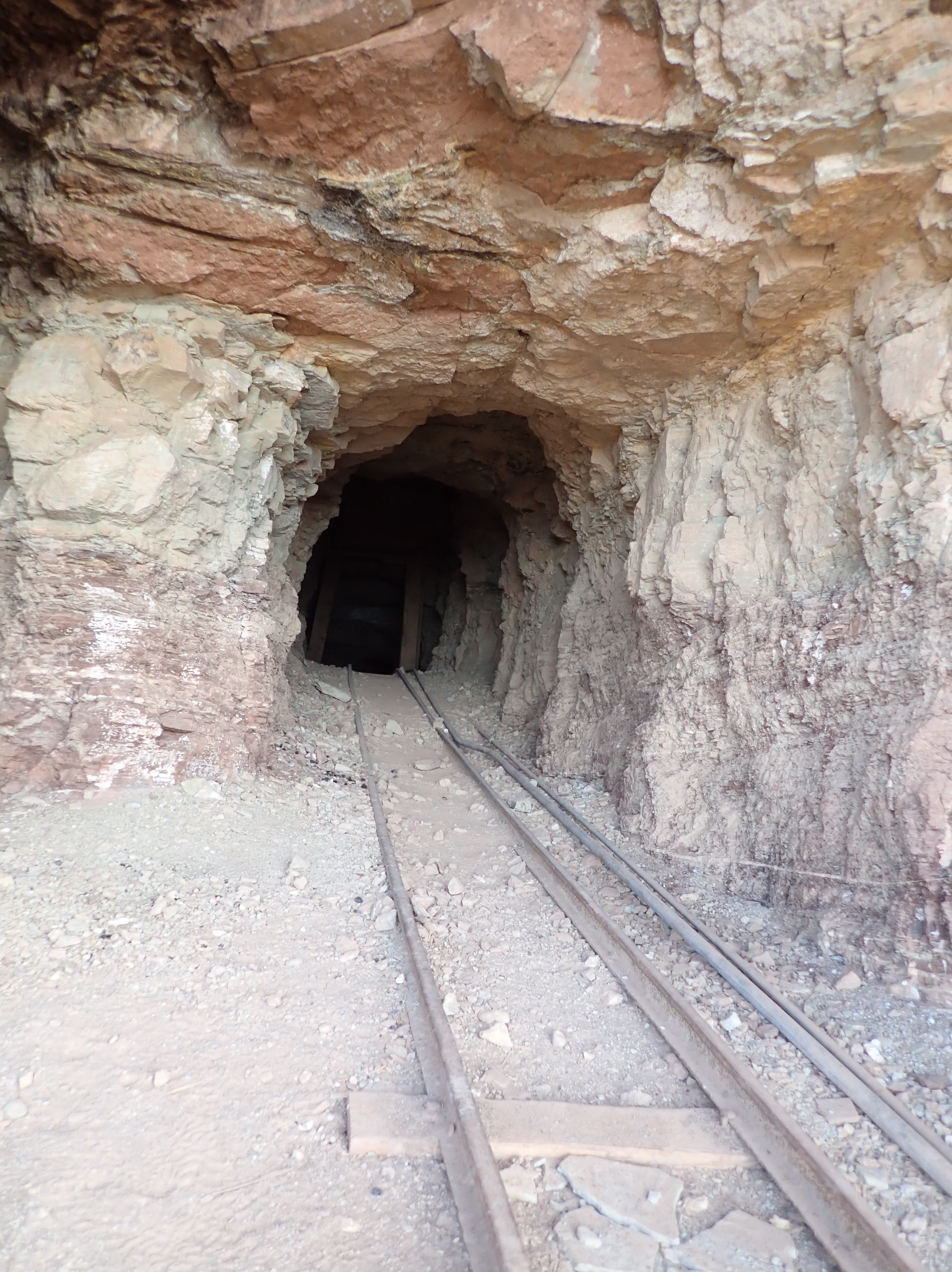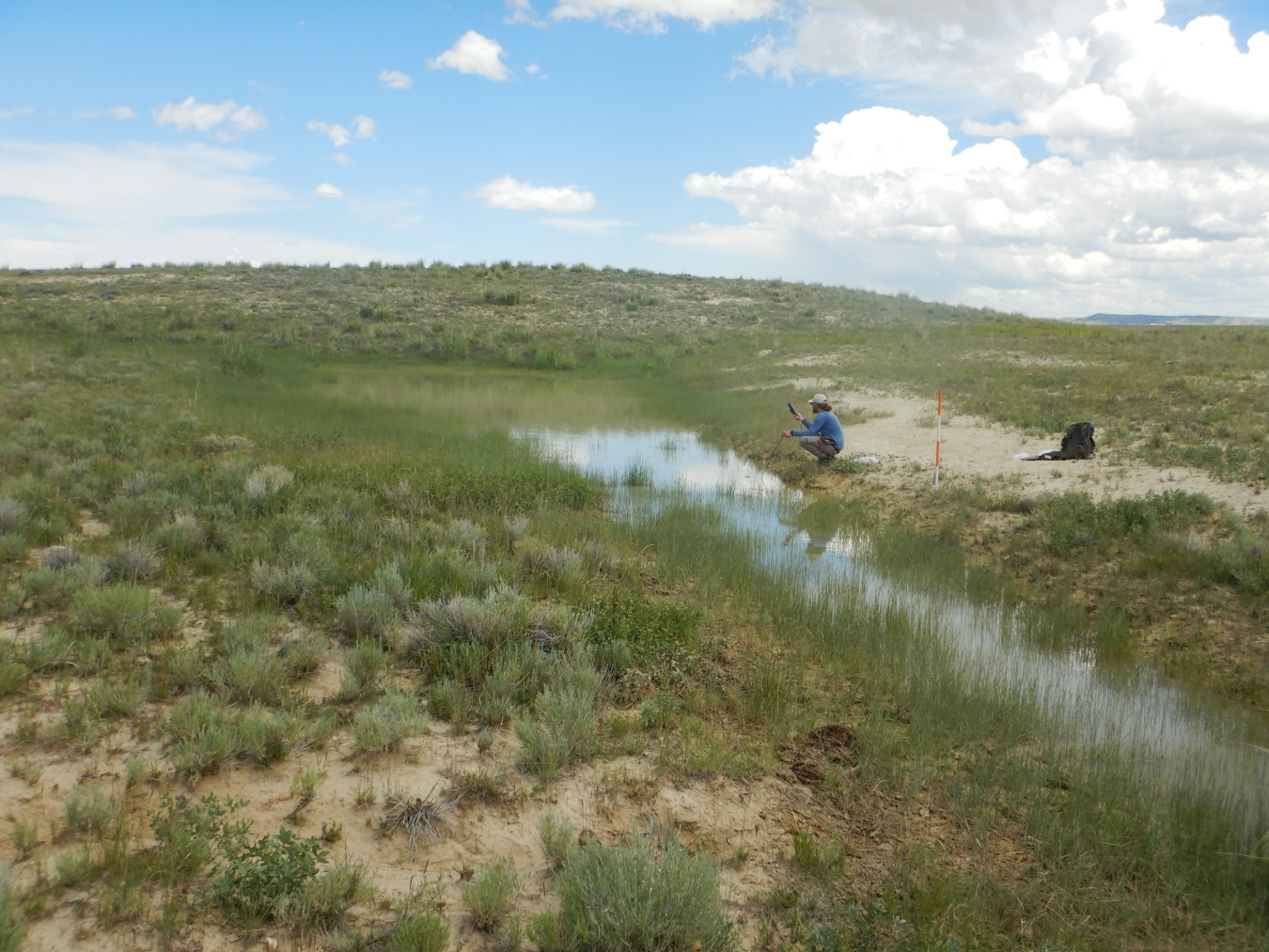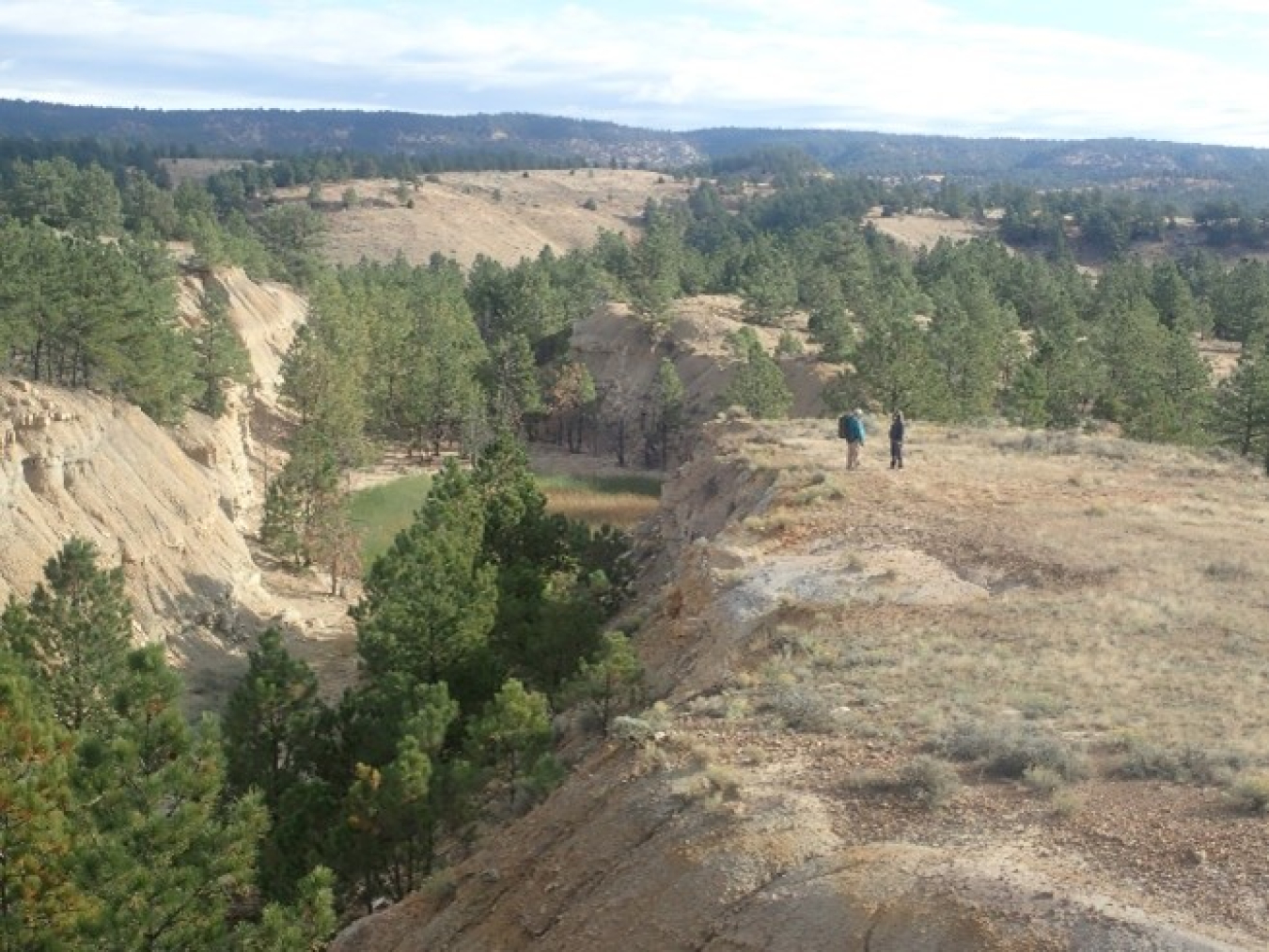Uranium-mines team ready to declare victory as Campaign 1 verification and validation activities near completion
December 18, 2024When a project is 99.9% complete, it’s easy to want to plant the victory flag. Deservedly so, for the Defense-Related Uranium Mines (DRUM) team, which has nearly completed the first of three campaigns to verify and validate the condition of abandoned uranium mines.
In Campaign 1, team members verified and validated (V&V) the condition of more than 2,300 legacy mines on public land that provided uranium to the U.S. Atomic Energy Commission from 1947-1970.
On top of accomplishing this tremendous amount of fieldwork, LM’s DRUM Technical Lead William Burns said the DRUM team itself is worth celebrating. “I am most proud of our team and their accomplishments. DRUM is highly regarded in the abandoned mine lands professional community for its precision and efficiency. Their dedication and professionalism did not go unnoticed.”
Success in Campaign 1 did not come to the team without challenges, though. Without previous projects or organizations to model, the DRUM team developed V&V processes and activities from scratch. Uranium-Related Programs Manager Joel Doebele and Uranium-Related Programs Technical Manager Treyton Nusbaum-Davis both agree it was a steep learning curve.
According to Doebele, the DRUM team performed assessments much more detailed than any previously undertaken for abandoned uranium mines, so there were many novel tasks that guided V&V procedure development, including:
- Establishing information exchange between federal, state, and local government agencies, tribal partners, and private landowners.
- Creating a field inventory process to document current mine conditions.
- Finding durable, portable equipment to record high-quality data in rugged country and bad weather.
- Developing procedures for gamma radiation surveys, soil and water sampling, and risk scoring.
- Documenting outcomes and findings for each mine, including inventory results, physical hazard evaluations, and chemical and radiological risk screening to protect human health and the environment.
Another challenge for the team was coordinating with multiple land management agencies across the country.
“It was a daunting task from the beginning,” Burns said. “We had to coordinate with partners at the federal, state, local, and tribal levels. Although this was a significant lift in the early stages of the program, it was highly successful and has fostered great relationships throughout the abandoned mine lands professional community.”
The team accomplished these tasks while maintaining a high safety standard. “I am so proud of the DRUM team’s success,” Nusbaum-Davis said. “DRUM established itself as the gold star and other agencies are adopting DRUM’s approach to inventorying and sampling mines. Our safety culture is second to none,” he said. “Every day, teams work in the back country and do so safely because field teams are prepared for whatever comes their way — and they’re committed to taking care of each other.”
This foundation of knowledge and experience made the inception of work for Campaign 2 and Campaign 3 — on tribal and private lands, respectively — much easier, according to Doebele. “The entire program is the result of constantly identifying opportunities for improvement and implementing lessons learned because we developed DRUM documentation and methodologies from the ground up.”

Even though the team has essentially completed Campaign 1, Doebele said “there will always be a need to coordinate with and maintain relationships with the land management agencies. Our V&V work characterizes what the mine is like on the day we visit — like a snapshot in time. Conditions at mine sites change over time. New hazards arise and those mine features that were closed will need maintenance eventually.”
The partner and stakeholder relationships established during Campaign 1 will also help during Campaign 2, which started in August 2022, and Campaign 3, which started in March 2024.
“They are key to successfully meeting our mission to protect human health and the environment,” Burns said. “Without them, our mission would be increasingly more difficult.”
The DRUM team regularly gains new faces and sends members to other positions, but Nusbaum-Davis finds the rotations to be a good thing. “The DRUM program has great success preparing staff to work in different capacities on the LM contract and is well-practiced in quickly training new staff to current standards,” he said.
Doebele agreed: “The DRUM team has been able to hire new people, train them, and get them into the field while maintaining its safety culture and continuing to collect high quality data.”
Turnover may be seen as a warning sign in other professional roles, but here, it’s a measure of team members’ expertise — field team members are frequently promoted internally to roles with more responsibility.
“Many current DRUM senior staff started as field team staff,” Burns said. “They are now in leadership positions not only on DRUM, but across the contract and LM.”
Not only does this experience and knowledge make training new people and fieldwork on the next two campaigns easier for the DRUM team, but it also benefits LM’s international partners. Burns said as he’s shared DRUM’s process with similar agencies in other nations, he’s found it “eye opening to see these problems being addressed across the world and on different scales. The DRUM team has a very prescribed approach that’s helped our domestic partners build their databases and given our international partners ideas to consider moving forward.”



